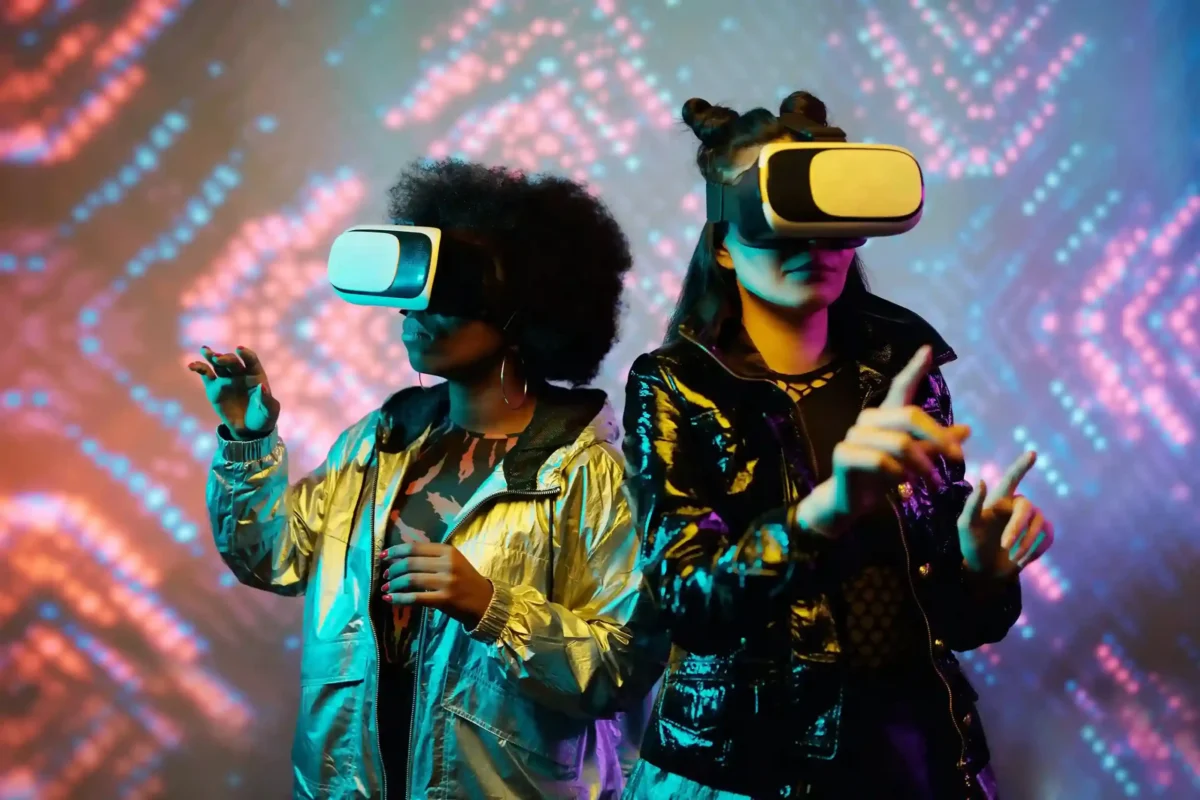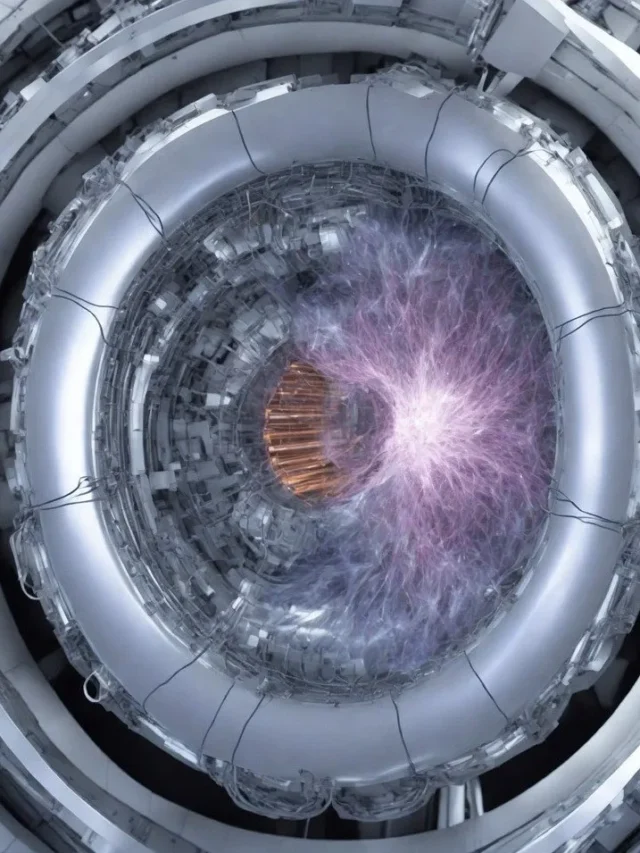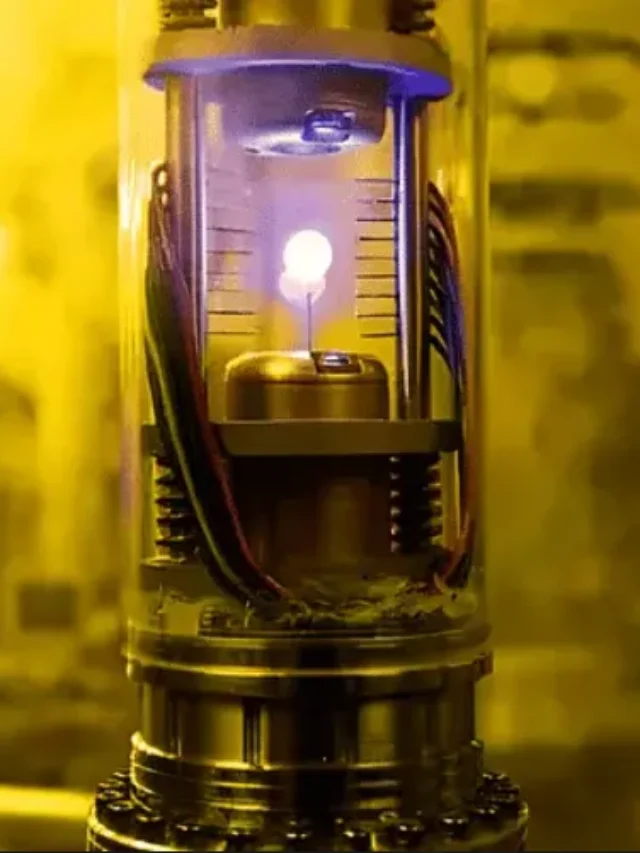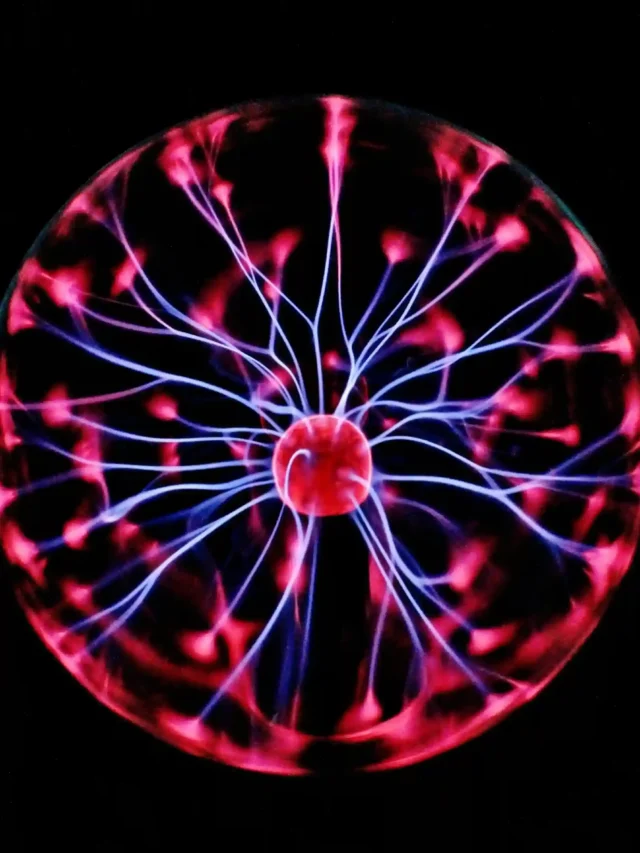The next big thing in computing, after smartphones, PCs, and mainframes, is mixed reality. It frees us from experiences confined to screens by enabling natural interactions with data in social settings and living quarters. The most popular mixed reality app on social media is mobile AR; however, Windows Mixed Reality elevates the experience with its lifelike holographic people, incredibly realistic holographic 3D models, and realistic surroundings. A user can interact with 3D holograms through mixed reality, which combines elements of virtual reality (VR) and augmented reality (AR) with their real-world surroundings.
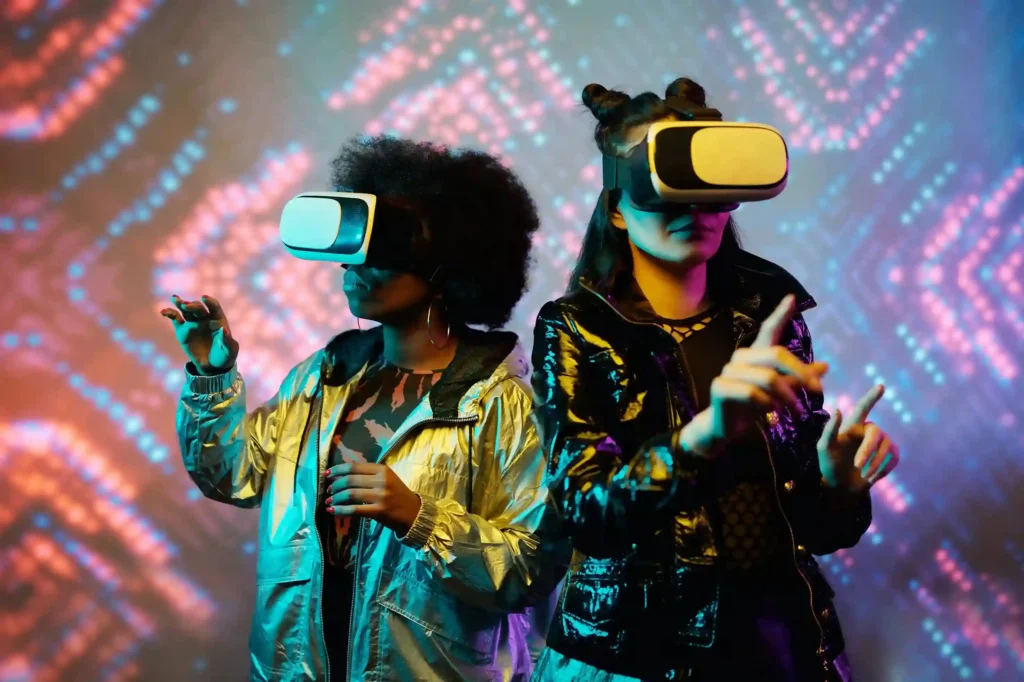
Table of Contents
What is Mixed Reality?
Combining virtual and augmented reality, MR enables users to interact with virtual content while maintaining awareness of their surroundings. It creates a more interactive and immersive experience by smoothly fusing virtual and physical elements. MR creates a reality smoothie as opposed to augmented reality, which superimposes digital elements onto the real world, and virtual reality, which submerges users in a virtual environment.
Is Mixed reality the real future of just a concept ?
Although MR has not yet been widely adopted and integrated into daily life, it is a promising future technology that has the potential to completely transform our interactions with both digital and physical worlds.
Innovations in hardware, such as Magic Leap and Microsoft HoloLens, are pushing the boundaries of MR and offering immersive experiences that were previously only found in science fiction. These gadgets combine virtual and physical aspects in a seamless way.
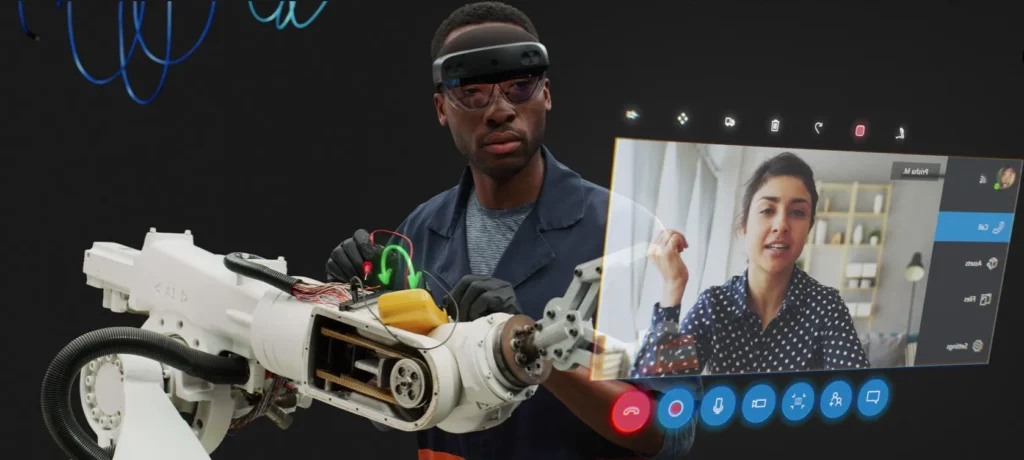
The potential of 3D models in real-world settings is being showcased, collaboration is being improved across a variety of sectors, and MR applications are transforming a number of industries.
In order to guarantee MR’s broad accessibility, developments in device design, user interfaces, and content creation are necessary. MR is a rapidly developing technology.
MR has the potential to completely change the way we work, learn, and interact with digital material. Technology is a major factor in influencing how technology and the human experience will develop in the future, even though its full potential may not be realized right away.
How does mixed reality expand on augmented reality?
The development of augmented reality (AR), which superimposes digital data on the physical world, is known as MR. Users can interact with real and virtual elements at the same time thanks to MR, which integrates and interacts with both digital and physical elements in a single environment. This results in a more interactive and immersive experience that requires a higher degree of spatial awareness and comprehension of the real world. By fusing the digital and physical worlds together, MR provides a more seamless and integrated user experience. Like augmented reality on steroids mixed with a hint of virtual reality magic.
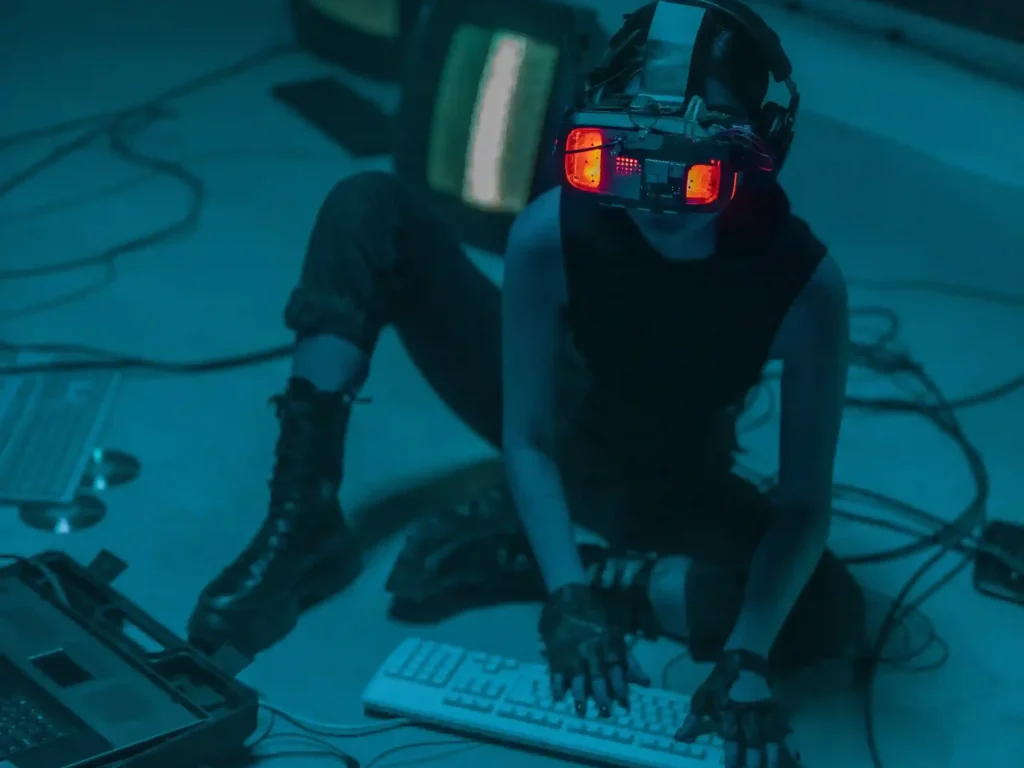
For years, advertisers, designers, and artists have used this technology to tell stories and interact with viewers in novel ways. Using portable devices, hundreds of millions of internet users have encountered MR, on social media, mobile augmented reality is the most popular mixed reality solution. With its lifelike holographic people, realistic holographic 3D models, and the actual world, Windows MR elevates these user experiences to a new level.
Key features of Mixed Reality
Spatial mapping: MR devices are known for their ability to understand and map the user’s physical environment, enabling virtual objects to communicate and react to their surroundings.
Interaction in real time: MR enhances spatial awareness by allowing virtual objects to maintain presence in the user’s physical space, enhancing engagement and immersion.
Voice control and Gesture motion: Gesture motion and voice controls are frequently found in MR systems, enabling users to interact with virtual objects by speaking or moving naturally.
Depth Sensing: To boost the realism of virtual interactions, MR devices use depth-sensing technologies, such as cameras or sensors, to precisely measure the depth and distance of objects.
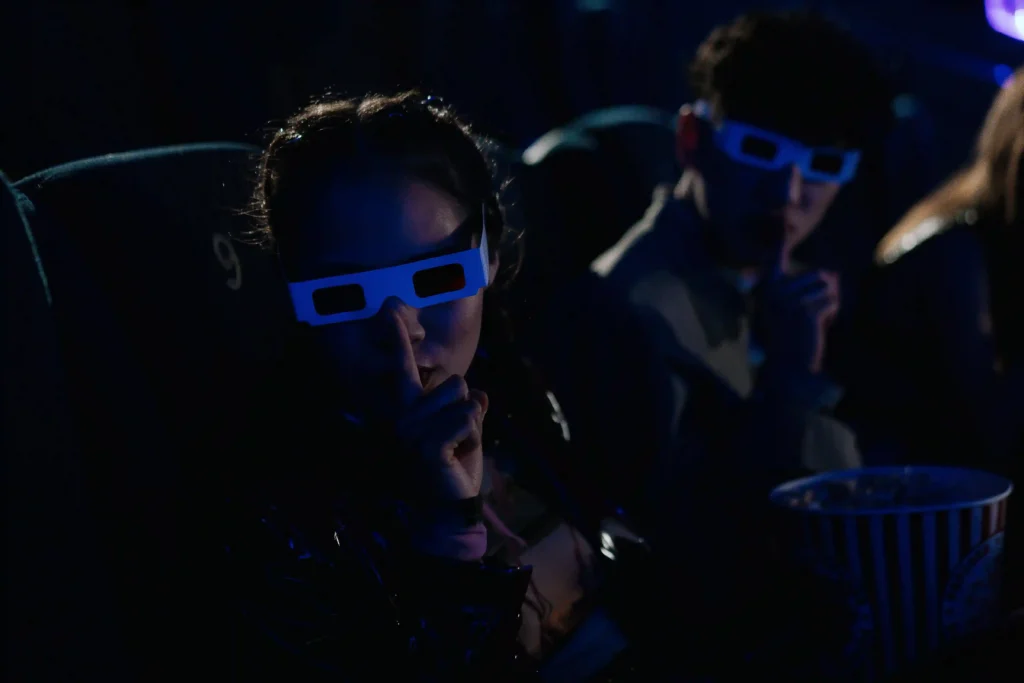
Virtual and physical objects interaction: By improving the relationship and interaction of virtual and physical objects, MR creates a more realistic experience for users.
Some Examples of Mixed Reality
Some examples of MR include:
Microsoft HoloLens: It is one of the most well known example of MR, the HoloLens by Microsoft helps users to overlay holographic images to their surroundings, enabling users to interact with both virtual and real world things.
Magic Leap: It is a company that has helped the most in development of this technology. Their Magic Leap One headset helps users in integrating digital content with the physical world, providing interactive experiences and spatial computing.
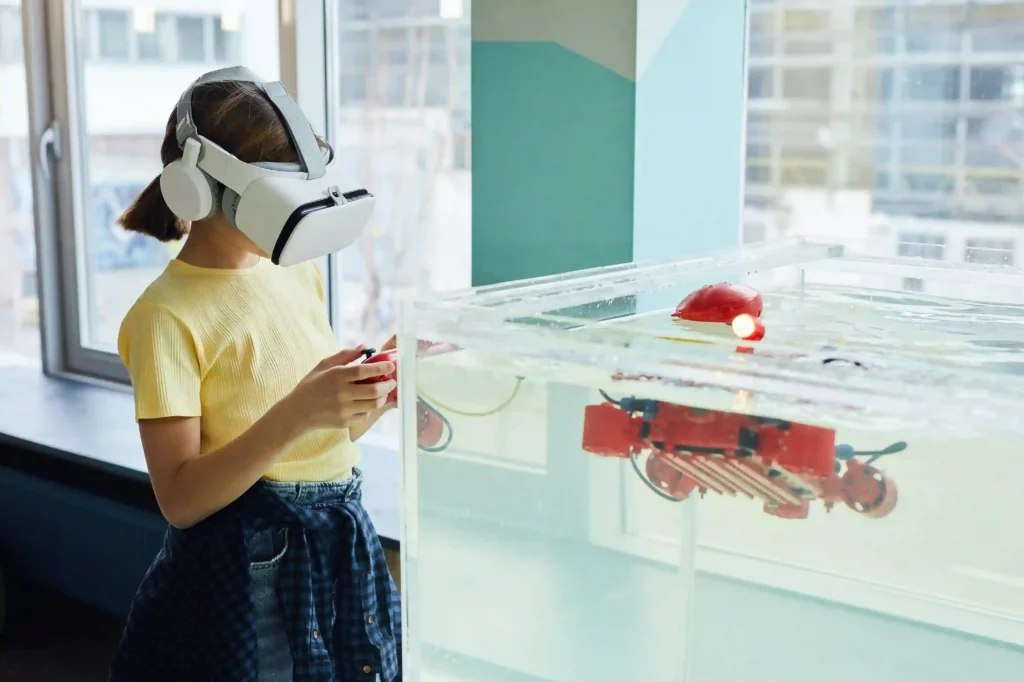
Automotive Design: To design and visualize car prototypes, the automotive industry uses MR. A more immersive and cooperative design process is made possible by the ability for designers to interact with 3D models of vehicles superimposed on real-world environments.
Medical Training Simulations: To develop realistic simulations, medical training uses this technology. To improve the effectiveness of their training, medical practitioners can rehearse operations or other procedures in a virtual environment that interacts with real items.
MR in Education: Interactive learning environments are being created in education through this technology. To improve learning, students can investigate virtual settings and things that are incorporated into their physical surroundings.
Augmented Reality vs Mixed Reality
While there are parallels between AR and MR, there are differences in how virtual and real-world elements are integrated.
Augmented Reality (AR):
Information Overlay: Augmented Reality (AR) projects digital data—like text, pictures, or three-dimensional (3D) models—atop the actual world.
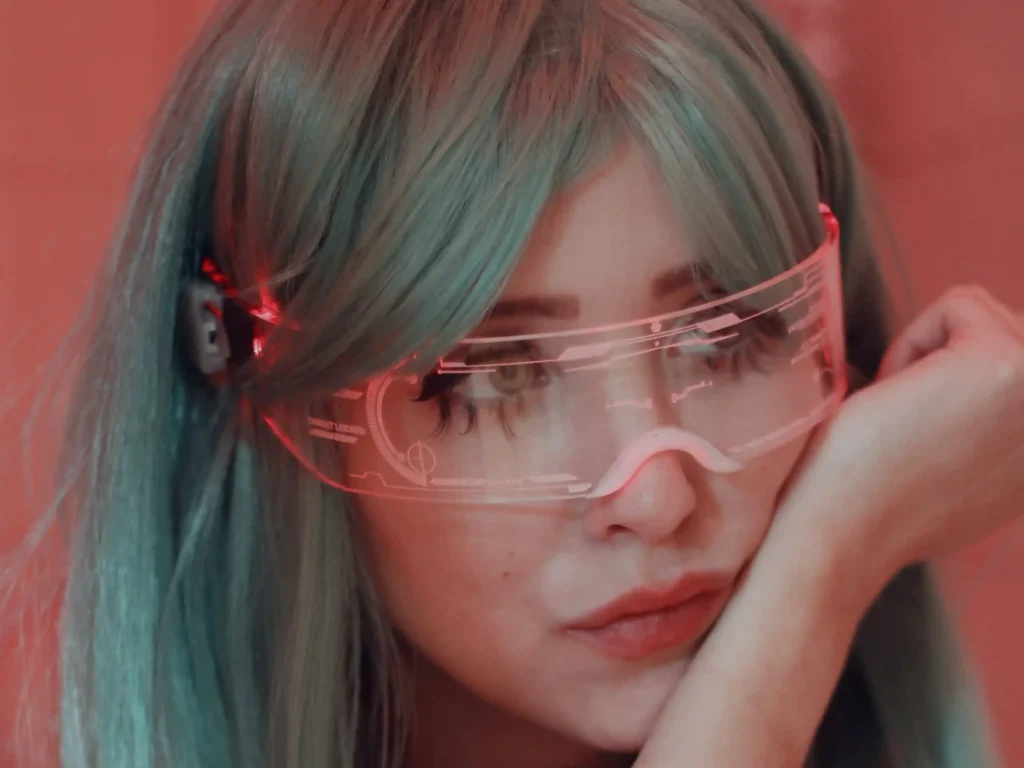
Interaction: Users can see and interact with both the real and virtual elements simultaneously, but the virtual elements are not aware of the physical world.
Examples include AR filters on social media sites and smartphone apps like Pokemon GO.
Mixed Reality (MR):
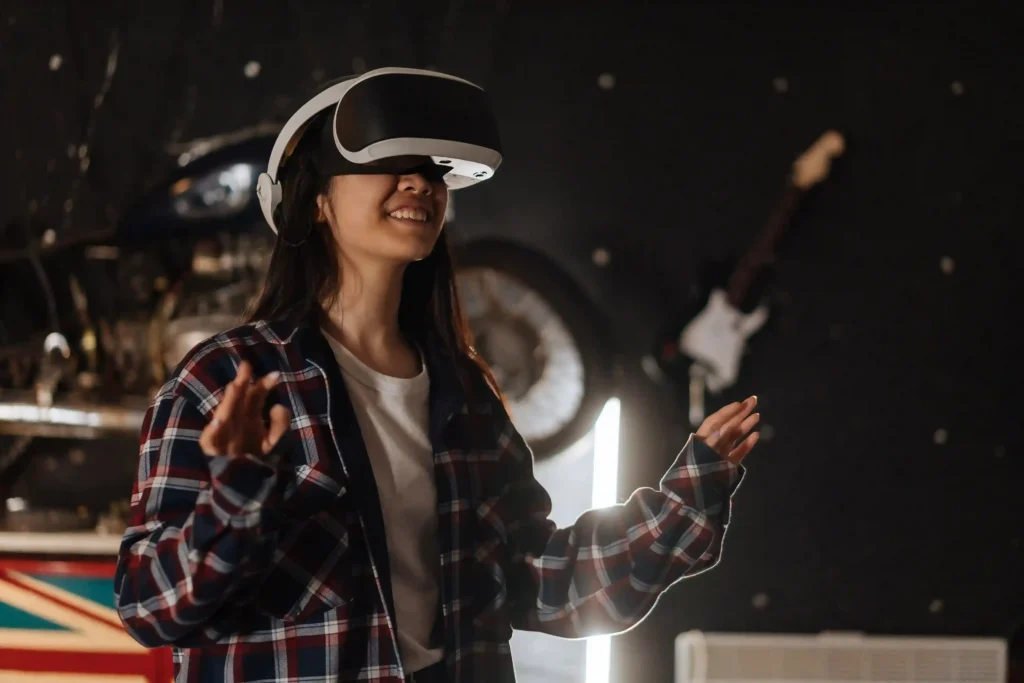
Integration and Interaction: MR does more than just overlay, it combines virtual and physical aspects together with seamless interaction.
Spatial Awareness: A common feature of MR devices is spatial awareness, which enables virtual objects to react to and engage with their physical surroundings.
Examples include Magic Leap, Microsoft HoloLens, and programs that combine interactions between virtual and physical things in a seamless way.
In conclusion, MR goes beyond augmented reality (AR) by including and interacting with both virtual and physical aspects, resulting in a more seamless and immersive experience. While MR blends reality and AR, it creates a blended and interactive experience.
FAQs on Mixed Reality
Why virtual reality is the future?
Virtual reality (VR) is revolutionizing industries like healthcare, education, and entertainment by providing immersive experiences. It enhances medical training, gaming, and virtual tourism. VR also connects people across distances, making communication more personal. As technology advances, its applications in everyday life are expected to grow, as a result of all of this we can say that virtual reality is the future.
Why Virtual Reality is used?
Virtual reality, or VR, is used for a wide range of applications across multiple industries. These applications include education, training, gaming, healthcare, tourism, research, rehabilitation, and social interaction. It is also used for architectural visualization. It improves learning opportunities, gives users a sense of presence in the virtual environment, and offers realistic simulations for a range of professions. VR is also useful for creating virtual walkthroughs, helping architects make decisions, and supporting therapy and rehabilitation.
Why Virtual reality is created?
In order to deliver immersive experiences in a computer-generated environment and a sensation of presence beyond traditional media, virtual reality, or VR, was developed. Applications include architecture, healthcare, education, entertainment, training, remote collaboration, data visualization, and social interaction. Virtual reality (VR) has completely changed a number of businesses by enabling users to practice skills, explore virtual environments, and participate in virtual gatherings, events, and activities.
Why was Augmented Reality invented?
The purpose of augmented reality (AR) is to improve the physical world by superimposing virtual and digital features. It provides superior gameplay, hands-free interaction, training, entertainment, better visualization, creative marketing, and accessibility in addition to an improved user experience. AR has applications in design, architecture, product visualization, marketing, advertising, and several industries, including manufacturing, maintenance, healthcare, and gaming.

